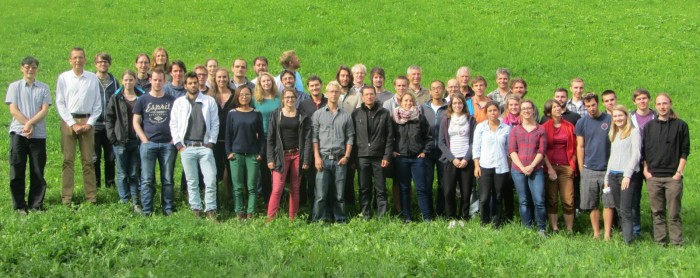
After a train, the London Underground, another train, a flight, three more trains and a taxi (shared with people I had met on my way); I had arrived in a small Alpine village in the very north of Italy.
The reason for this rather convoluted journey?
To attend the Karthaus Summer School on ice sheets and glaciers in the climate system. I’m pleased to say it was definitely worth the trip getting there!
Nearly every September for the last 20 years, around 35 glaciology students from all around the globe descend on the village of Karthaus for 10 days to learn about all things icy. This year we were a mixture of mostly PhD students, a few postdocs and masters students. We were joined by 11 scientists from institutions around Europe, who were willing to give up some of their valuable research time to lecture students in their area of expertise (maybe the food and wine is enough to persuade them…).
Working…
Each morning we had lectures on a range of topics, including continuum mechanics, ice dynamics, numerical modelling, geophysical methods, polar oceanography and climatology; with plenty of coffee breaks in between to keep us alert. The lectures were excellent – I felt that in each topic, the basics were explained in a good amount of detail, enabling us to get a grasp on more complex ideas. I’m sure I will be referring to the lecture material in years to come. In the afternoon (after the three course lunch!) we went on to problem exercises, which we tended to work on in pairs, and group project work. These group projects were a great way to get stuck into a particular problem in more detail, in an area of glaciology that was not directly related to our own research.
The results of our group projects were presented on the last afternoon. It was great to hear what everyone had been working on: from reconstructing glacial history of the Tibetan Plateau to modelling ice on Mars.
… and playing
It wasn’t all work – each evening there was plenty of time before dinner to go for a run, play ping pong, sleep, or sauna. With the exception of perhaps the penultimate evening, when the time was spent making our group project presentations. And there was plenty of post dinner socialising, which mostly involved playing games in the bar.
Before I attended Karthaus, there were a number of things previous participants told me about. When I told people I had a place, the most common response was “enjoy the food!”. Despite this, I don’t think I quite appreciated what it was going to be like to eat a three course lunch and a five course dinner every day! It was absolutely delicious though – fresh salad, homemade pasta, and lots of cream and parmesan. And of course bottles of the local wine on every table.
Another thing I was forewarned about was the yearly tango lessons from Hilmar Gudmundsson. I say “warned” because, as someone with zero sense of rhythm, dancing is not a skill I possess. Luckily, I didn’t seem to be alone in finding it a challenge, and seeing as the woman is supposed to “follow” the man, it wasn’t actually my fault when it went wrong (apart from when I got told off for trying to take the lead!). It was great fun and people got very much into it – so much so that we had a couple more dance nights, where we were also taught some German disco fox and Scottish ceilidh!
Excursion – to Hollywood!
Something that was definitely not expected was the public premier of the movie “Everest” in the village square, a week before it was released to cinemas. It turns out that much of the movie had been filmed in the surrounding mountains and on the glacier we visited on our excursion. This free public viewing was in honour of the help and hospitably the crew received during the filming. They must have done an excellent job in turning the Alps into the Himalayas.
When we took the cable car up to the Hochjochferner glacier the following Wednesday for our excursion, the cloud was so low that for all we knew there could have been Everest looming over us. Lack of snow cover on the ice meant we were unable to walk to the weather station that Carleen Tijm-Reijmer described in her lecture. However, we were still able to get up close (and underneath) the glacier. We had the chance to spot some of the geomorphological features we had learnt about in Arjen Stroeven’s lectures. When you see a large boulder suspended in the basal ice, it is easy to understand how striae are scratched into the underlying bedrock. After an early lunch in a mountain hut (including wine), we were free to go on a hike in the surrounding mountains. My group walked to a rock glacier in a neighbouring valley – the weather made the place feel more like Wales than the Alps, so we warmed ourselves with a Bombardino in another mountain hut.
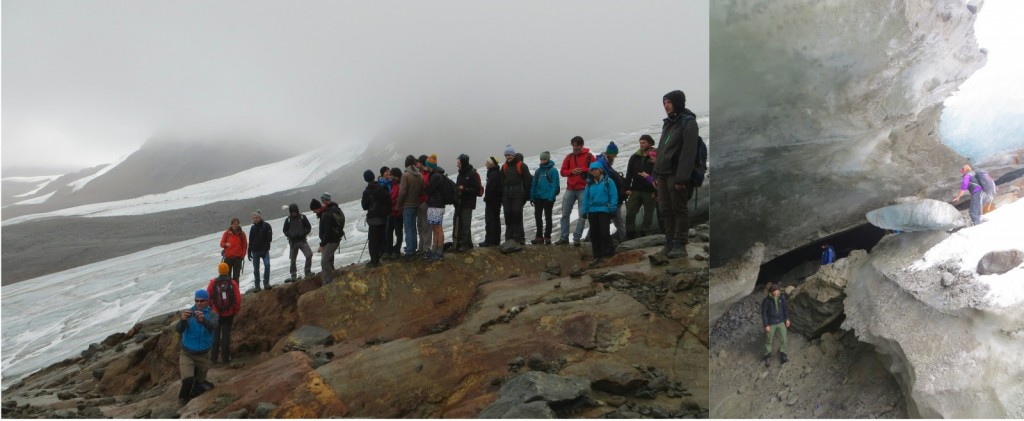
Excursion to the Hochjochferner Glacier (left). Getting a closer look of the glacier (right). (Credit : I. Nias)
On the last evening, after the five course meal, we were treated to live music by members of the group. We then moved to the village hall for a final night of Karthaus dancing. It was a great evening to end a fantastic 10 days, and the next morning saw all of us (tired and slightly worse for wear) making our way home.
I highly recommend that anyone who is beginning their career in glaciology applies next year. A huge thank you to Hans Oerlemanns and all the lecturers for creating such a fantastic summer school. Also thanks must go to Paul and Stefanie Grüner and all their staff at the Hotel Goldene Rose for making us feel so welcome!
Edited by Sophie Berger and Nanna Karlsson
Isabel Nias is a PhD student at the Bristol Glaciology Centre, University of Bristol, supervised by Tony Payne. She is using an ice-flow model to investigate grounding-line dynamics of ice streams in the Amundsen Sea Embayment, and how this may impact future sea level. Her work is part of the UK Natural Environment Research Council iSTAR programme, which aims to improve understanding of the stability of the West Antarctic Ice Sheet.

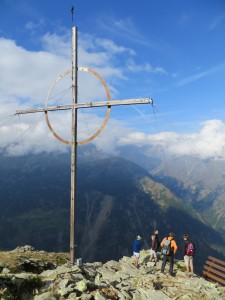
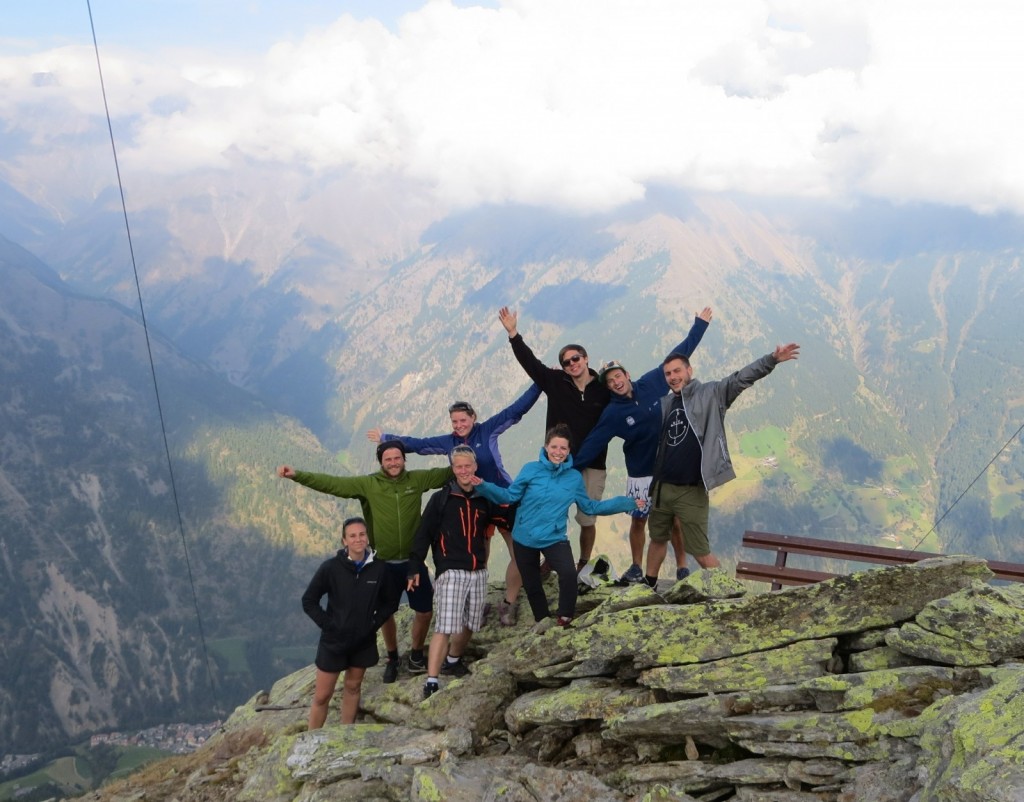
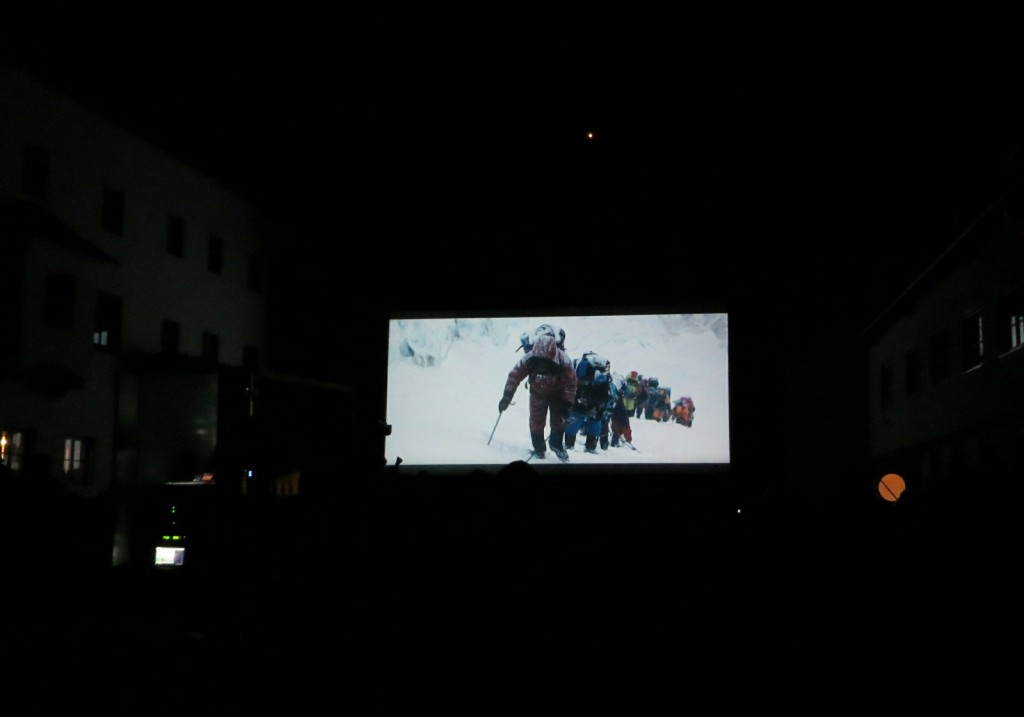
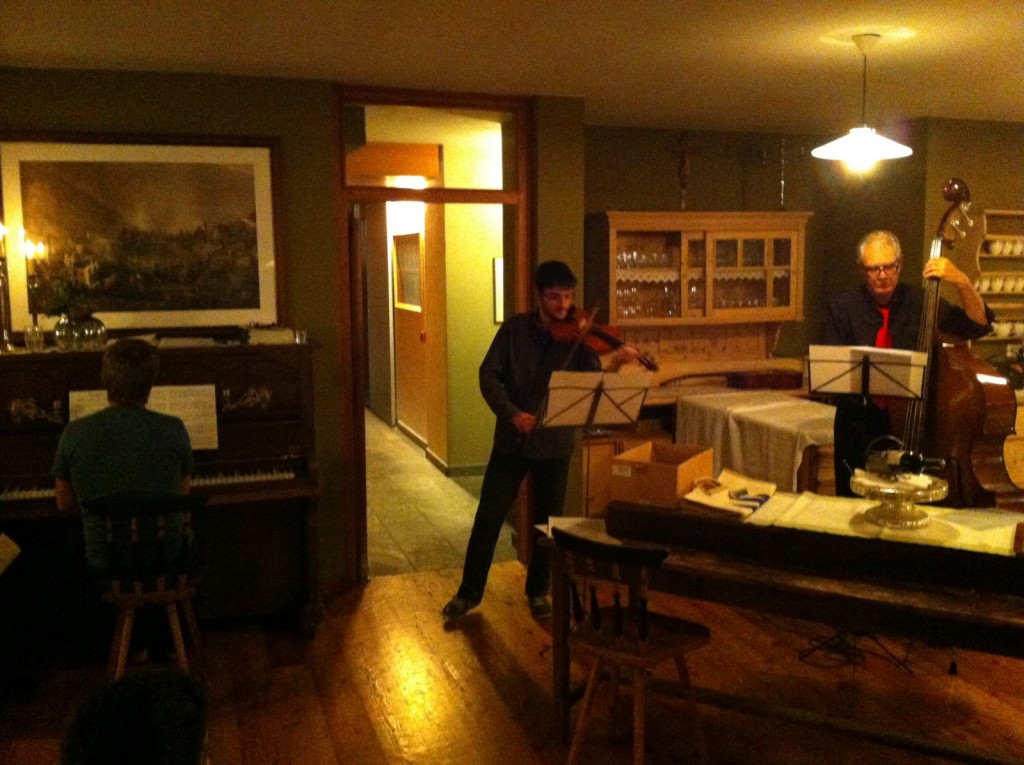
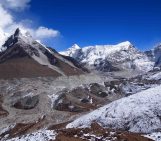

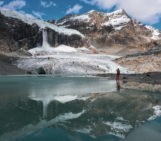
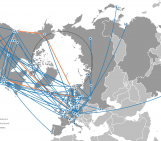
Pingback: Cryospheric Sciences | Meet Carleen Tijm-Reijmer, our fearless CR Division President!